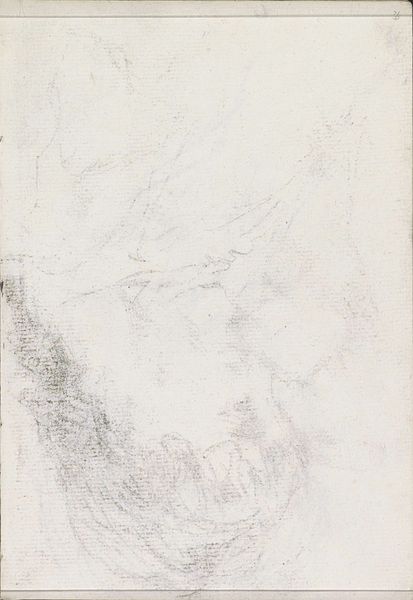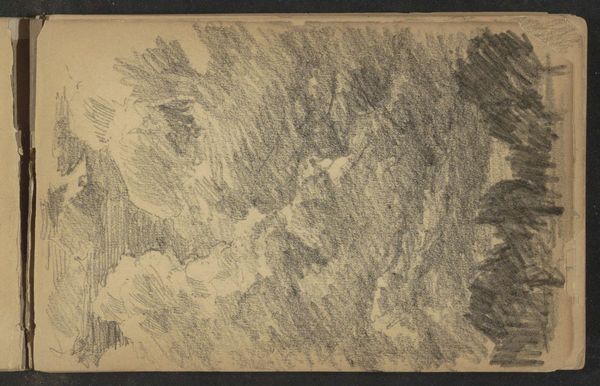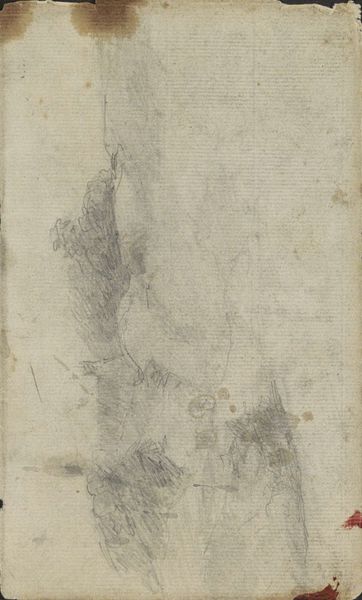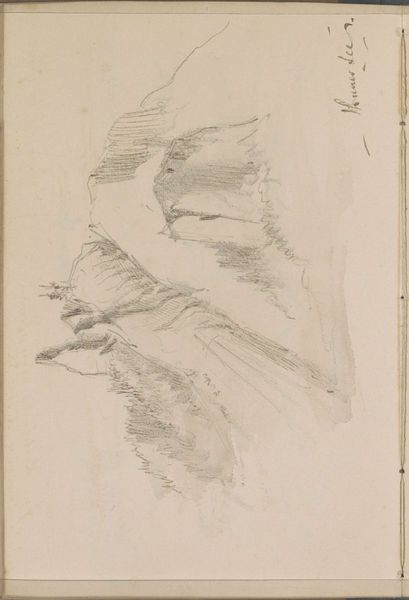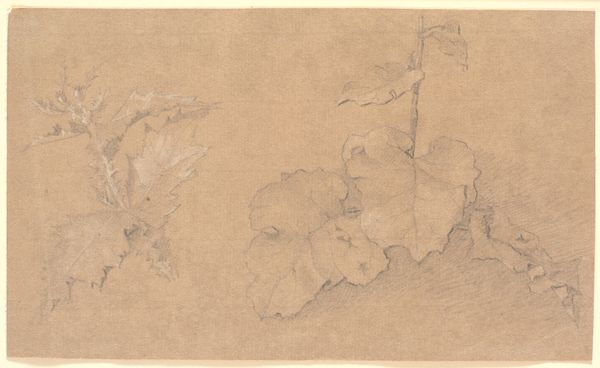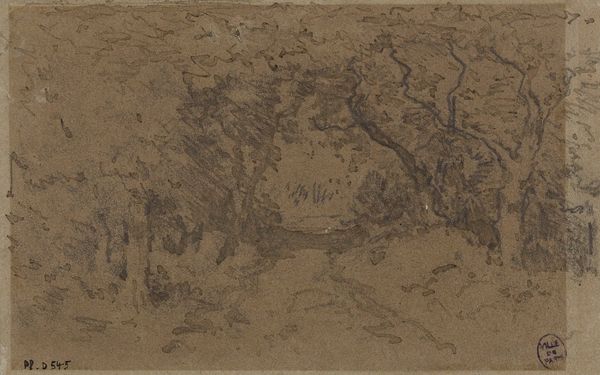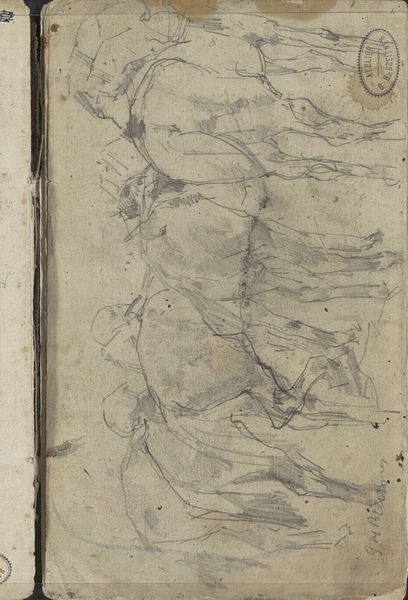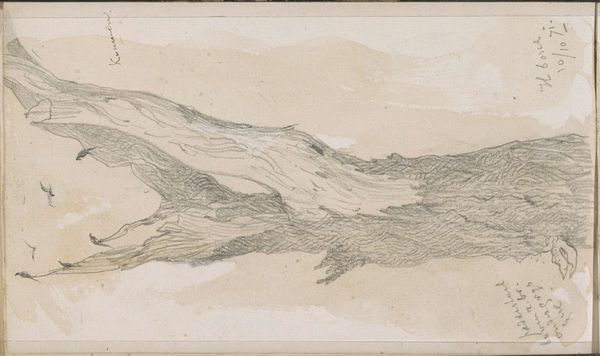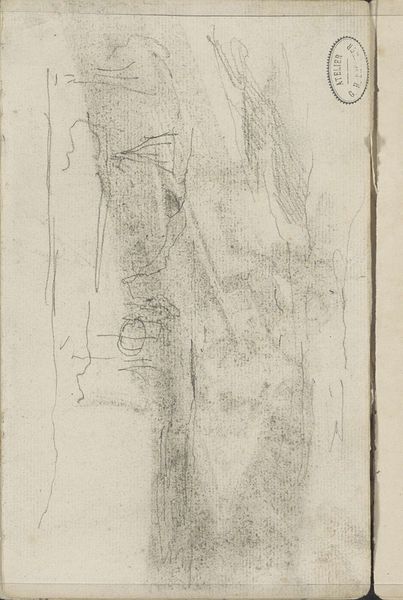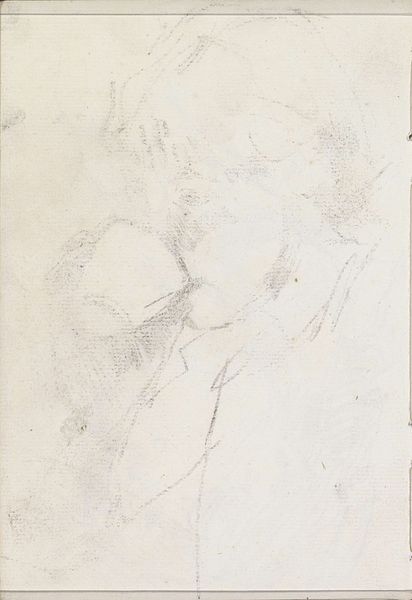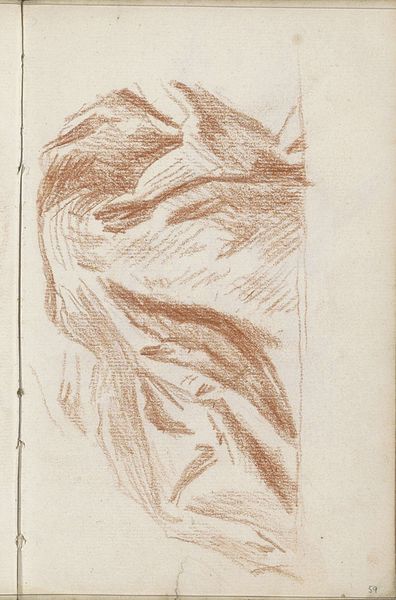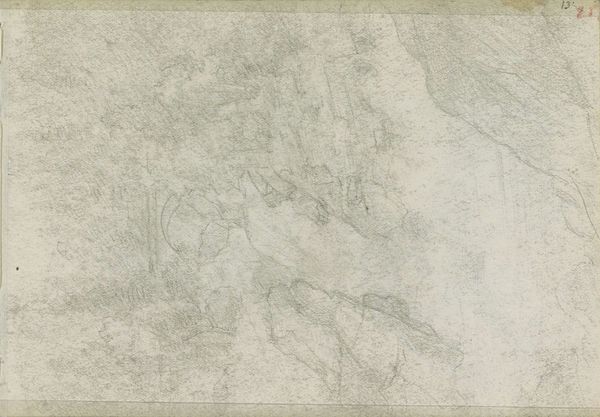
Copyright: Rijks Museum: Open Domain
This is a drawing of mountains in Tirol, made by Johannes Tavenraat in the 19th century. The artist used graphite pencil, a relatively new technology at the time, on paper. The mountain is rendered through numerous short strokes, layered to suggest the mass and ruggedness of the landscape. This technique, requiring patience and attention to detail, reflects a shift in artistic practice towards direct observation and a sensitivity to the natural world. The marks follow the lines of the mountain, the build-up of hatching giving a sense of its three-dimensional form. The choice of pencil, a readily available and inexpensive material, suggests an accessibility and a democratisation of art production. It allowed artists to create detailed studies, capturing subtle nuances of light and shadow in a portable and immediate way. This drawing, therefore, not only represents a specific location but also embodies a broader change in the way artists engaged with their environment and the tools they used to depict it. It challenges us to consider the role of materials and processes in shaping our understanding of art.
Comments
No comments
Be the first to comment and join the conversation on the ultimate creative platform.

